Table of content
- White Tea: Delicate and Minimally Processed
- Green Tea: Preserving Freshness and Vegetal Notes
- Oolong Tea: Balancing Oxidation and Aging
- Black Tea: Robust and Long-Lasting
- Pu-erh Tea: Embracing Aging and Microbial Activity
- Herbal Infusions: Fruity, Floral, and Sensitive
- Matcha: Powdered Green Tea Precision
Tea, a beverage cherished across continents and centuries, derives its allure from its diverse flavors, aromas, and cultural significance. Whether you savor the delicate grassiness of green tea, the robust malty notes of black tea, or the earthy complexity of pu-erh, proper storage is paramount to preserving its essence. Improper storage can lead to staleness, loss of aroma, and even spoilage, diminishing the very qualities that make tea a beloved ritual. This guide delves into the nuances of storing various tea types, offering actionable advice to ensure every cup remains as vibrant as the day it was harvested.
Understanding Tea’s Enemies: Light, Heat, Moisture, and Odor
Before exploring storage methods, it’s crucial to grasp the factors that degrade tea quality:
- Light: Ultraviolet rays break down chlorophyll and other compounds, causing tea to fade and lose flavor.
- Heat: Elevated temperatures accelerate chemical reactions, leading to oxidation and rancidity.
- Moisture: Humidity encourages mold growth and dilutes flavor, while direct contact with water ruins the leaves.
- Odor: Tea is highly porous and absorbs surrounding smells, which can taint its natural profile.
Storage Solutions for Different Tea Types
Each tea category—white, green, oolong, black, pu-erh, herbal, and matcha—has unique storage needs due to variations in processing, oxidation levels, and aging potential.
White Tea: Delicate and Minimally Processed
Processing: White tea undergoes minimal oxidation, with leaves harvested and dried swiftly to retain silver fuzz ( pekoe ).
Storage:
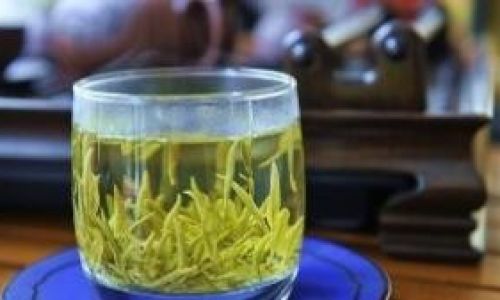
- Containers: Opt for opaque, airtight tins or ceramic jars with rubber seals. Avoid glass, as light penetration degrades quality.
- Location: Store in a cool, dark pantry or drawer. Refrigeration is unnecessary unless humidity exceeds 60%.
- Shelf Life: 1–2 years when stored correctly. Older white teas may develop medicinal notes, but freshness is key for floral aromas.
Green Tea: Preserving Freshness and Vegetal Notes
Processing: Unoxidized and steamed or pan-fried to halt enzymatic activity.
Storage:
- Containers: Use airtight, opaque containers. For long-term storage (6+ months), vacuum-sealed bags or mason jars with oxygen absorbers work best.
- Location: A dry, dark cupboard is ideal. In humid climates, refrigerate in sealed containers to prevent moisture absorption. Allow chilled tea to reach room temperature before opening to avoid condensation.
- Shelf Life: 6–12 months. Beyond this, green tea loses its vibrant grassiness and may taste flat.
Oolong Tea: Balancing Oxidation and Aging
Processing: Partially oxidized (10–80%), with rolling and baking steps.
Storage:
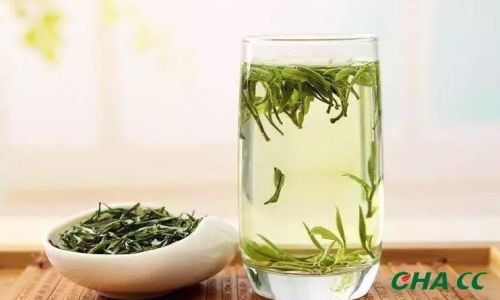
- Containers: Porous clay jars or ceramic canisters allow slow oxidation, enhancing complexity. For fresh oolongs (lightly oxidized), use airtight containers.
- Location: Store in a cool, dark area. Aged oolongs benefit from slight humidity (50–60%) to encourage microbial activity, but avoid dampness.
- Shelf Life: Lightly oxidized oolongs: 1–2 years. Aged varieties: 5+ years, with flavors deepening over time.
Black Tea: Robust and Long-Lasting
Processing: Fully oxidized and often fired at high temperatures.
Storage:
- Containers: Airtight tins, metal caddies, or opaque glass jars. Avoid plastic, as it retains residual odors.
- Location: A dry pantry or cupboard. Black tea is less sensitive to light but still requires darkness to prevent flavor fading.
- Shelf Life: 2–3 years. Properly stored, it retains malty, chocolatey, or fruity notes.
Pu-erh Tea: Embracing Aging and Microbial Activity
Processing: Post-fermented tea aged under controlled humidity, often in compressed cakes.
Storage:
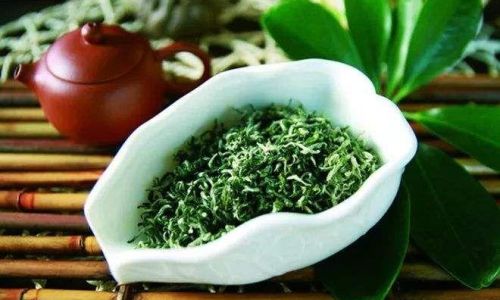
- Containers: Porous clay jars or paper bags to allow gradual oxidation. Avoid airtight containers, as they stifle aging.
- Location: A cool, moderately humid area (60–70% humidity). Some enthusiasts use “tea caves” or wooden cabinets to maintain stability.
- Shelf Life: Indefinite with proper aging. Pu-erh improves over decades, developing earthy, leathery, or camphor-like flavors.
Herbal Infusions: Fruity, Floral, and Sensitive
Processing: Made from dried herbs, fruits, or spices, not the Camellia sinensis plant.
Storage:
- Containers: Airtight glass jars (tinted if possible) to protect from light. Label with dates, as herbal blends vary in longevity.
- Location: A dark, cool pantry. Avoid storing near spices or strong-smelling foods, as herbal teas are prone to odor absorption.
- Shelf Life: 6–12 months for delicate blends (e.g., chamomile). Tougher ingredients (e.g., rooibos) last 2+ years.
Matcha: Powdered Green Tea Precision
Processing: Stone-ground green tea powder, highly perishable due to surface area exposure.
Storage:
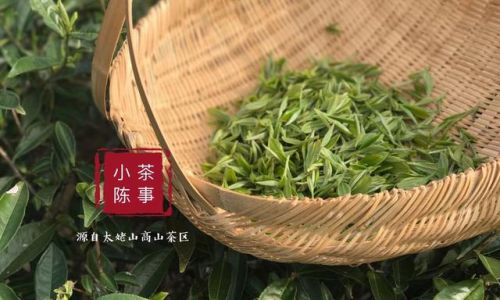
- Containers: Airtight tins or opaque packets. Some brands include desiccant packs to absorb moisture.
- Location: Refrigerate immediately after opening. Freeze for long-term storage (3–6 months). Avoid frequent temperature fluctuations.
- Shelf Life: 2–4 weeks once opened. Stale matcha loses its vibrant green hue and umami flavor.
Universal Storage Tips for All Teas
- Avoid Transparent Containers: Even slight light exposure damages tea over time.
- Minimize Air Contact: Use containers with tight-fitting lids. For matcha, consider vacuum-sealed pouches.
- Control Humidity: Invest in a hygrometer to monitor levels. Aim for 40–60% humidity, adjusting with silica gel packs if needed.
- Isolate Odors: Store tea away from coffee, garlic, or spices.
- Label and Date: Track harvest dates and expiration windows to ensure freshness.
Common Mistakes to Avoid
- Storing Tea in the Kitchen: Heat and steam from cooking degrade quality.
- Using Plastic Containers: They retain odors and may leach chemicals.
- Overstocking: Buy tea in quantities you’ll consume within 6–12 months.
- Ignoring Regional Climate: Adjust storage based on humidity (e.g., use desiccants in tropical areas).
Conclusion: Savoring Tea’s Timeless Essence
Tea preservation is an act of mindfulness—a commitment to honoring the labor of growers, the artistry of blenders, and the ritual of drinkers. By tailoring storage to each tea’s unique profile, you safeguard not just its flavor, but the stories and traditions it carries. Whether you’re sipping a crisp sencha, a mellow oolong, or a centuries-old pu-erh, proper care ensures that every infusion remains a testament to tea’s enduring magic.
In a world where impermanence is inevitable, tea offers a fleeting yet profound pleasure. Treat it with the reverence it deserves, and it will reward you with cups that transcend time. 🍵
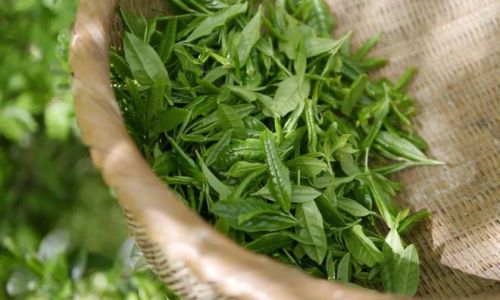
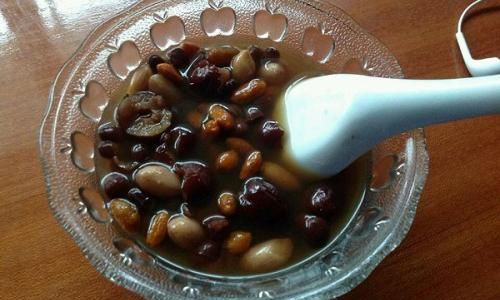
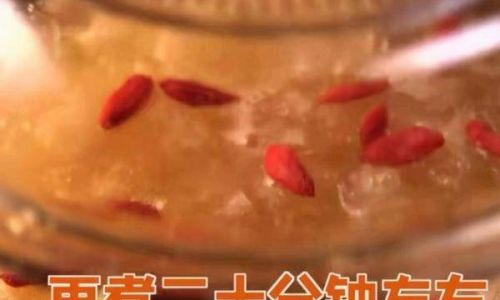

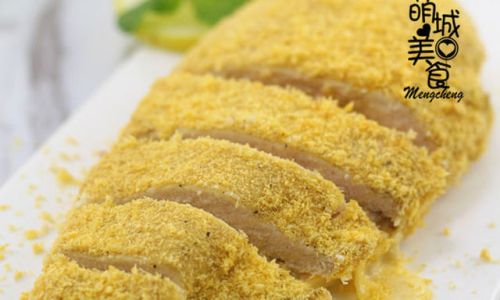
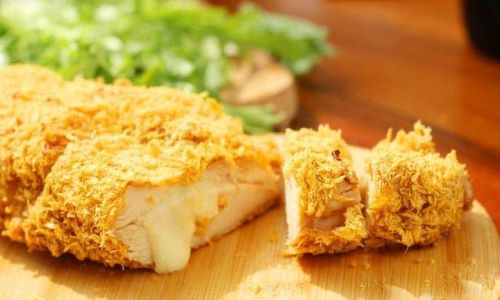
0 comments